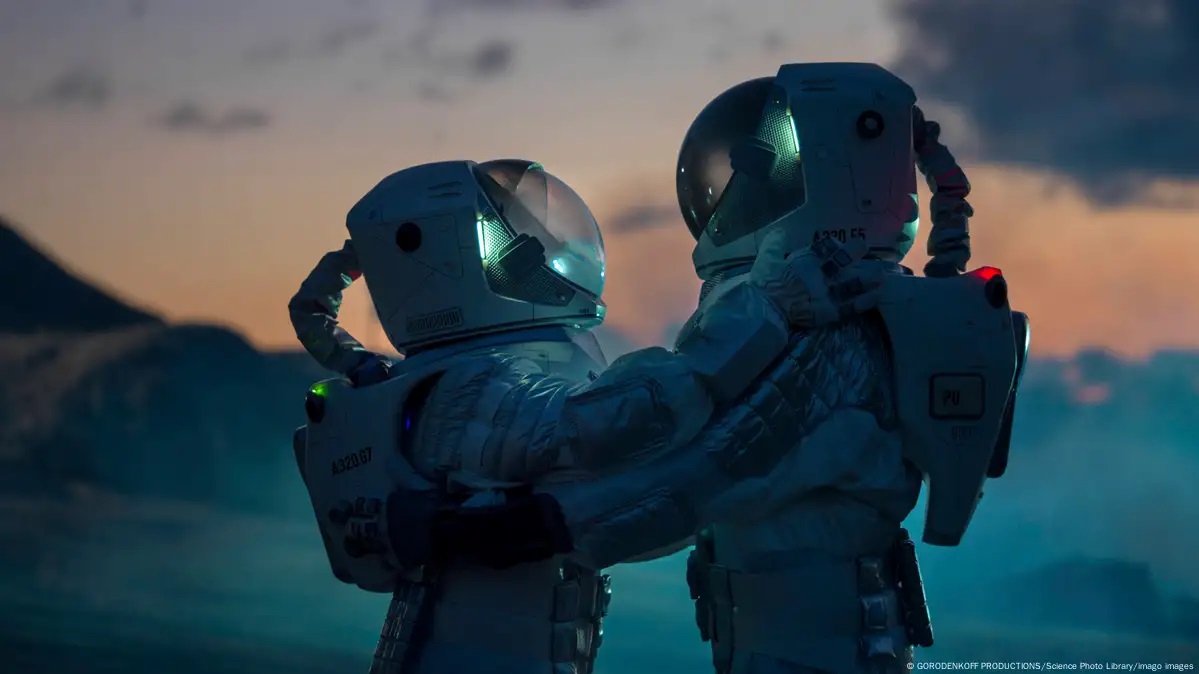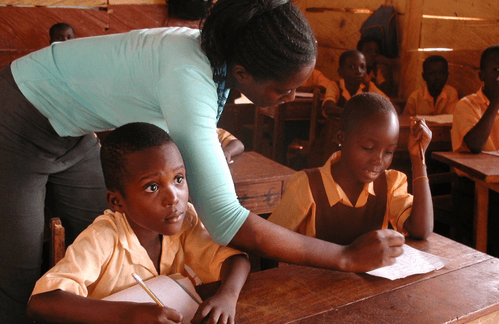

As of today, no human has set foot on Mars, but Elon Musk envisions one million people living there by 2050.
The billionaire SpaceX and Tesla CEO aims to send astronauts to Mars on his colossal Starship rocket by the end of this decade. Eventually, Musk hopes men and women will establish a colony and reproduce to grow the Martian population.
However, scientists warn that the obstacles to having sex on Mars make this vision highly improbable. Bioscientist Kelly Weinersmith, co-author of A City on Mars with her husband Zac, told The Times that people who want to populate Mars don’t understand how reproduction works. She remarked, These billionaires think it’s an engineering problem. They think if they get a rocket that’s big enough, biology will take care of itself – but it won’t.
Attempting conception in space could harm unborn babies, whether on Mars or the ISS. Weinersmith’s book addresses the complexities of recreational and procreational sex on Mars, where gravity is just 38% of Earth's. Such a low-gravity environment could hinder sperm movement or embryonic development. Additionally, Mars lacks an atmosphere and ozone layer, exposing the surface to radiation that could damage DNA, causing mutations in the womb.
Even if births were successful, Mars’ harsh conditions make it unsuitable for raising children. Ethical concerns and the need for genetic diversity also pose significant challenges. A founding population would require hundreds of humans, and AI may need to match couples based on genetic compatibility.
David Cullen, a professor of astrobiology at Cranfield University, highlighted the urgent need to address unanswered questions about sex and reproduction in space. He pointed to concerns about the effects of altered gravity on human development, noting the musculoskeletal impact from childhood through adolescence.
While Musk aims to make humans a “multiplanetary” species to mitigate civilization-ending disasters, scientists remain sceptical. Despite SpaceX’s ambitious plans to launch cargo to Mars as early as 2026 and send humans by 2028, the biological challenges remain daunting.
Read Full Story


















Facebook
Twitter
Pinterest
Instagram
Google+
YouTube
LinkedIn
RSS